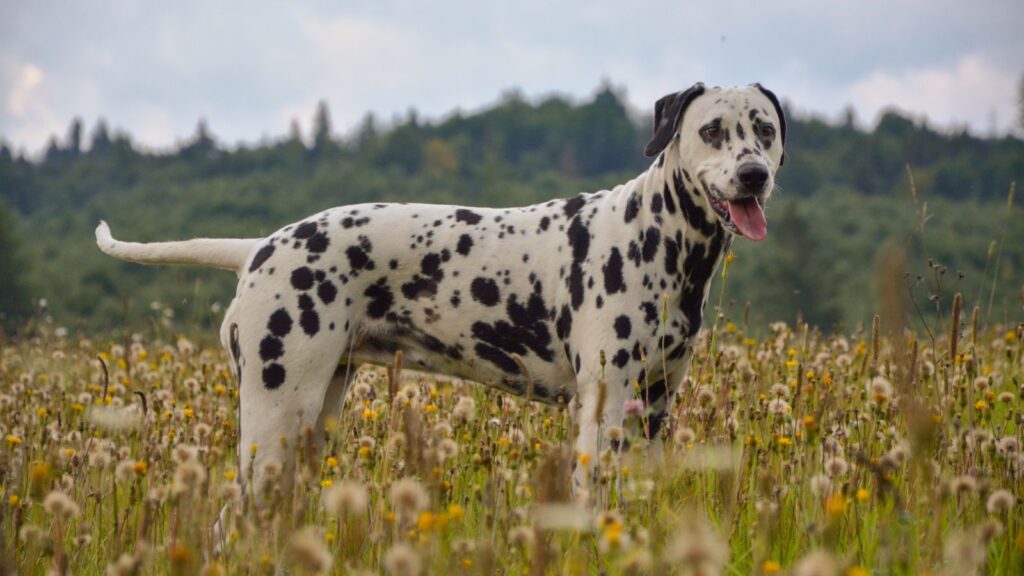If you’re thinking about adding a furry friend to your family, choosing the right dog breed is crucial if you have little ones. Explore our list of 20 dangerous dog breeds to avoid if you have children. While every pup has potential, some breeds might not be the best fit for a household with children.
Pit Bull Terrier

According to the Animal Health Foundation, Pit Bull breeds are a staggering 31% more likely to attack a stranger than any other breed. While these dogs can certainly be gentle and well-mannered under the right conditions, it’s probably best to avoid taking the risk of having one around your children.
Great Dane
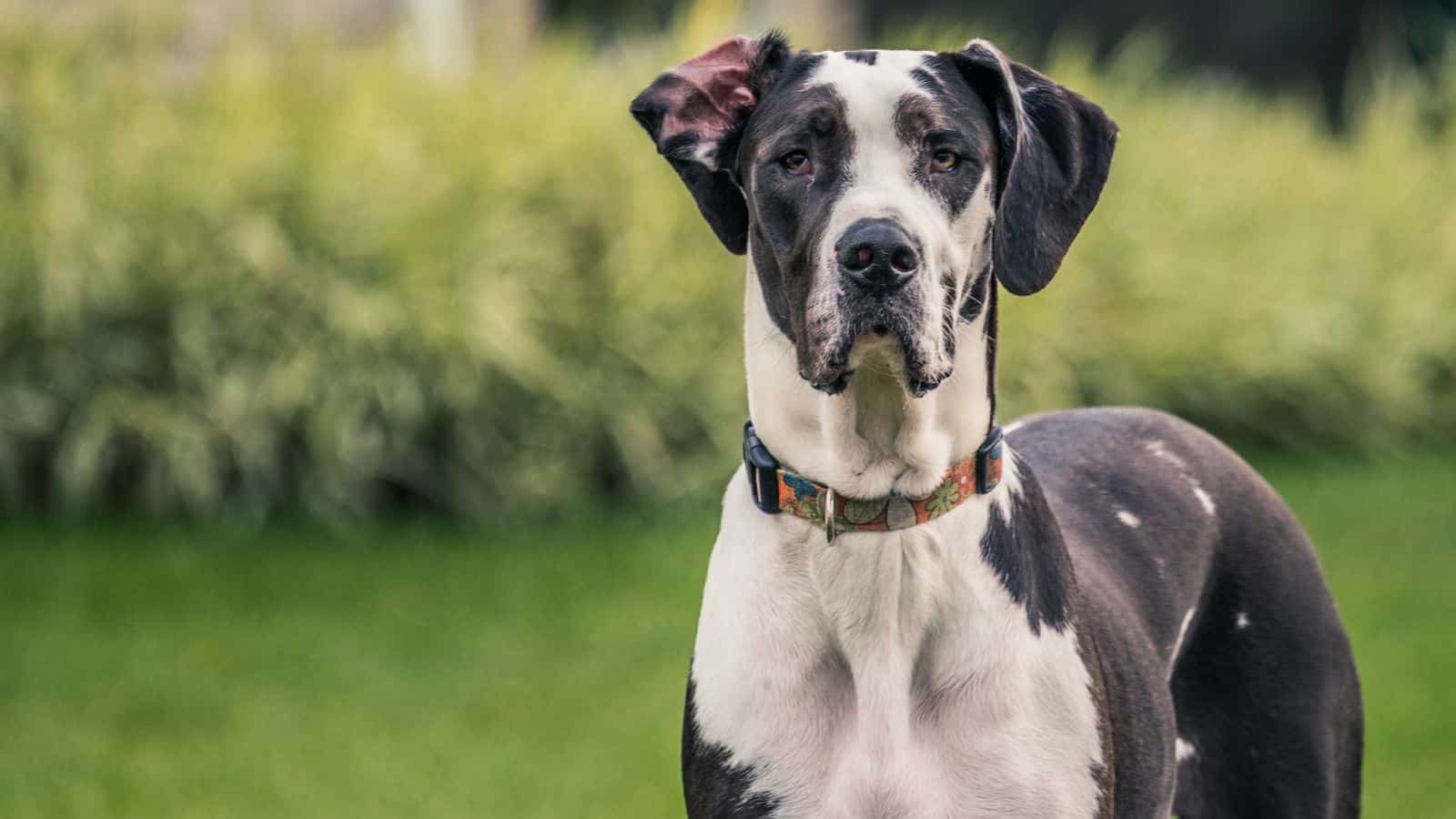
As the tallest dog in the world, it’s easy to see how a Great Dane could inadvertently cause harm with its sheer size alone. They require plenty of space and could easily knock over small children or furniture while playing. However, Great Danes are gentle giants who rarely ever intentionally hurt anyone, so they could still make good family pets when handled correctly.
Cane Corso

The Cane Corso is another big, strong breed that can be risky to have around young kids. According to Dogster, they also have one of the strongest bite forces of all breeds in the world, making them very dangerous when mishandled. This is why it’s best for Cane Corso owners to be very experienced, firm, and physically able to handle their strength.
Rottweiler

Like Pit Bulls, Rottweilers commonly participate in dog attacks, some of which are fatal. As such, many people think it’s better to avoid this breed when investing in a family pet. They are also very large and strong, which can lead them to inadvertently hurt young children, even if they don’t mean to.
German Shepherd
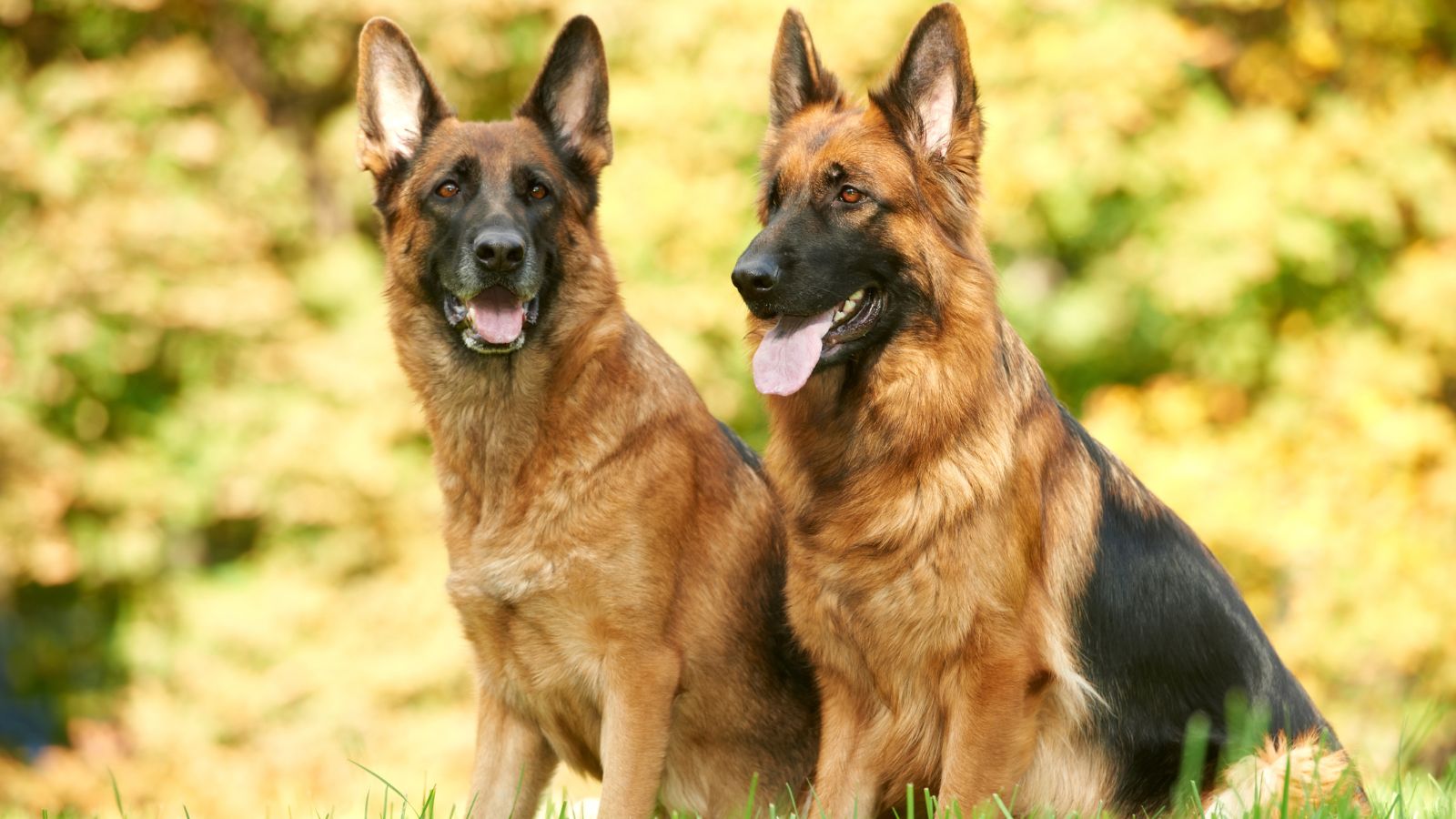
German Shepherds can be extremely protective, intelligent, and strong, which is what makes them such great police and military dogs. If you’re an experienced dog owner, they should also be safe to have around your kids. However, without the right training and socialization, these same traits can become very dangerous to all members of the family.
Siberian Husky
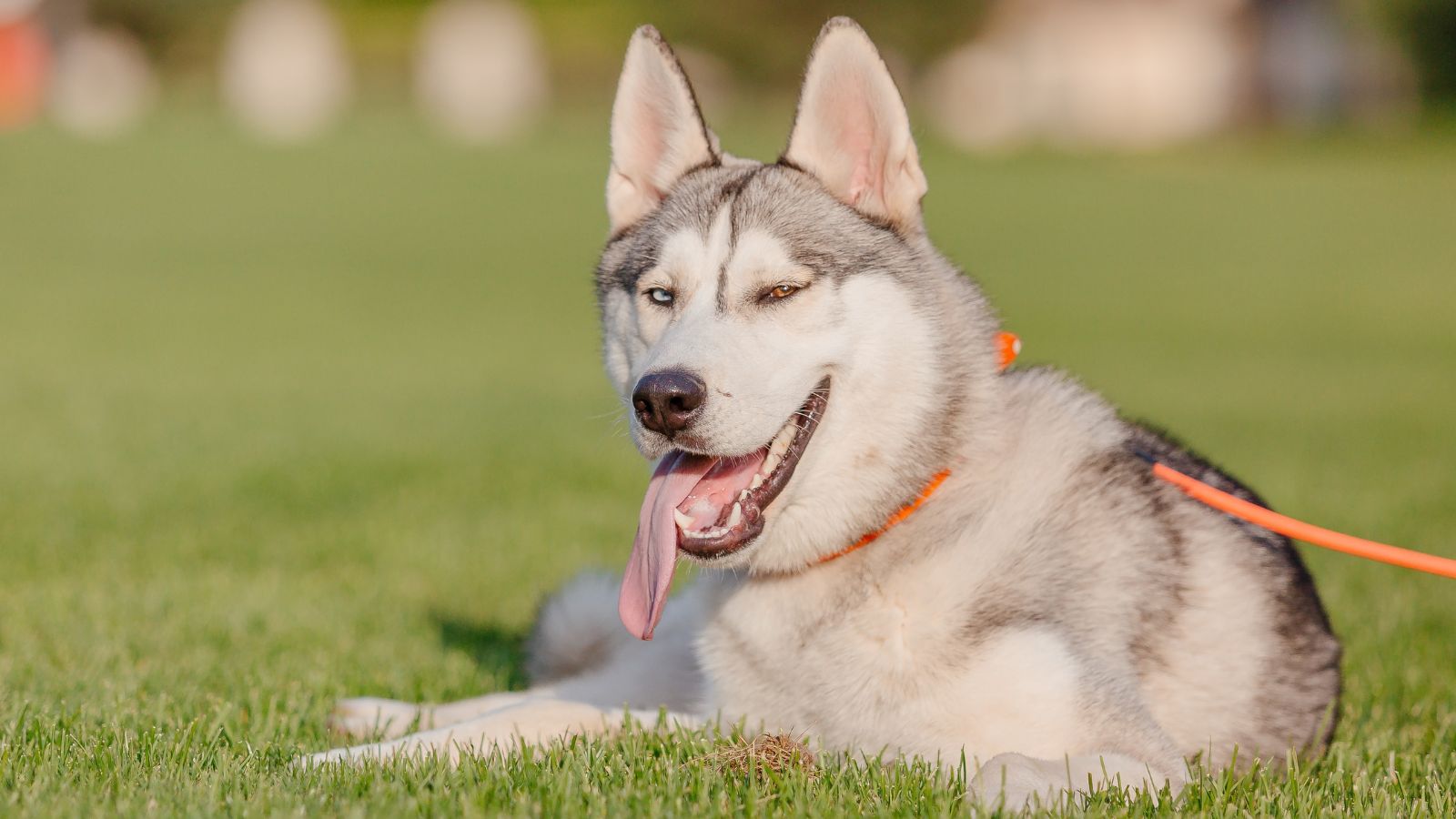
Siberian Huskies are known for being big fluff balls of energy who love to play and roughhouse. While they don’t commonly hurt people intentionally, the combination of their large size and roughness can make them a hazard to young children. If you do opt for a Husky, make sure to give them plenty of exercise and mental stimulation to help keep them calm.
Doberman Pinscher
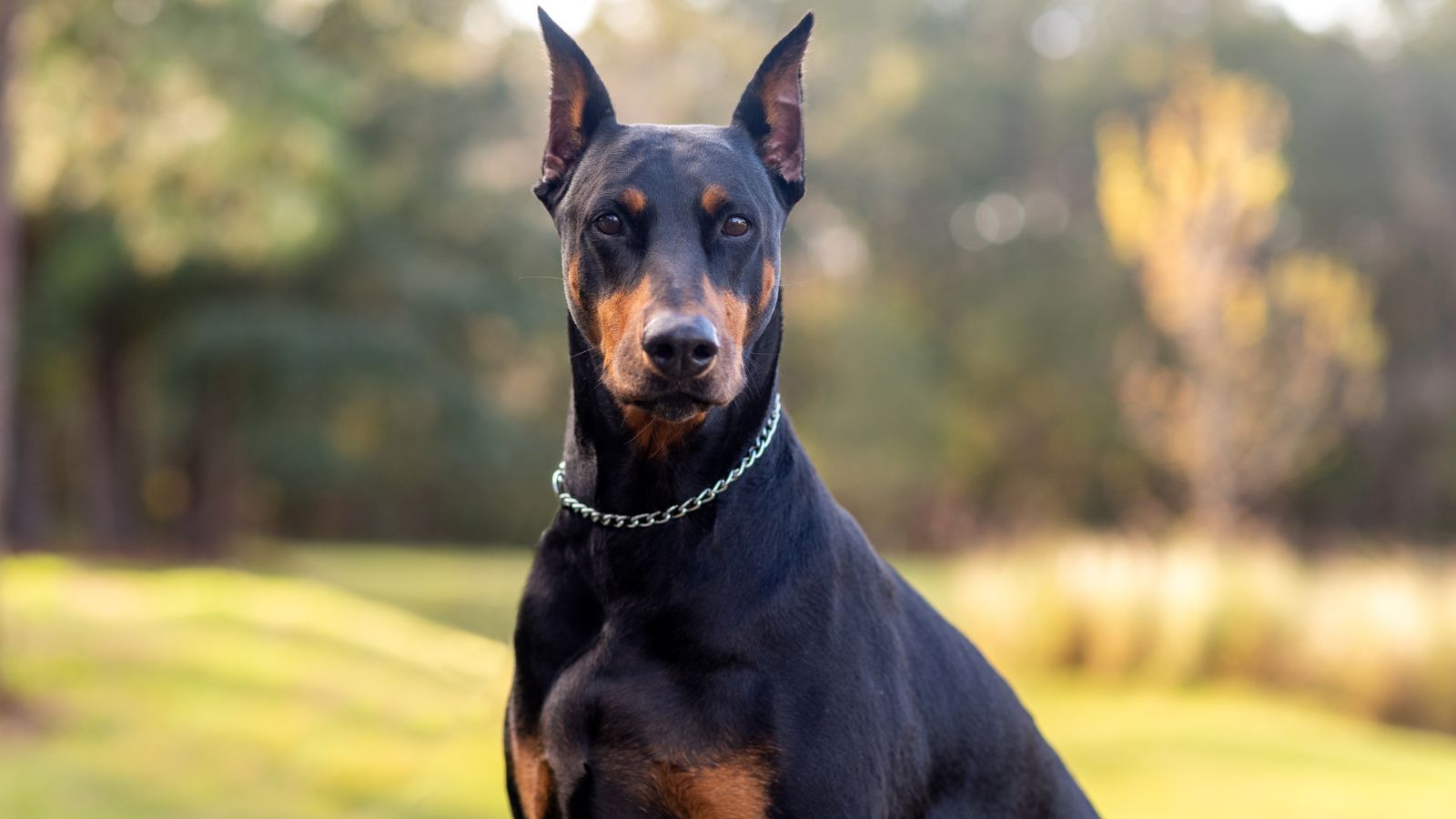
Doberman Pinschers are known for being very protective dogs who often see strangers as a potential threat, even if they’re kids. They are also very quick and strong, so they could quickly do significant damage if they snap. This is why they’re not typically recommended as first-time family dogs.
Akita

The Akita is an iconic Japanese breed that was initially bred for guarding and hunting. These dogs are very strong, large, and muscular, so they’re capable of inflicting serious harm if they choose to. What’s more, they can be aloof, dominant, and difficult to train.
Alaskan Malamute

The Alaskan Malamute is similar to a Siberian Husky in its appearance and personality, with tons of energy and a love for roughhousing. They aren’t often involved in attacks, but their size, strength, and boisterousness can make them risky to have around kids.
Chow Chow
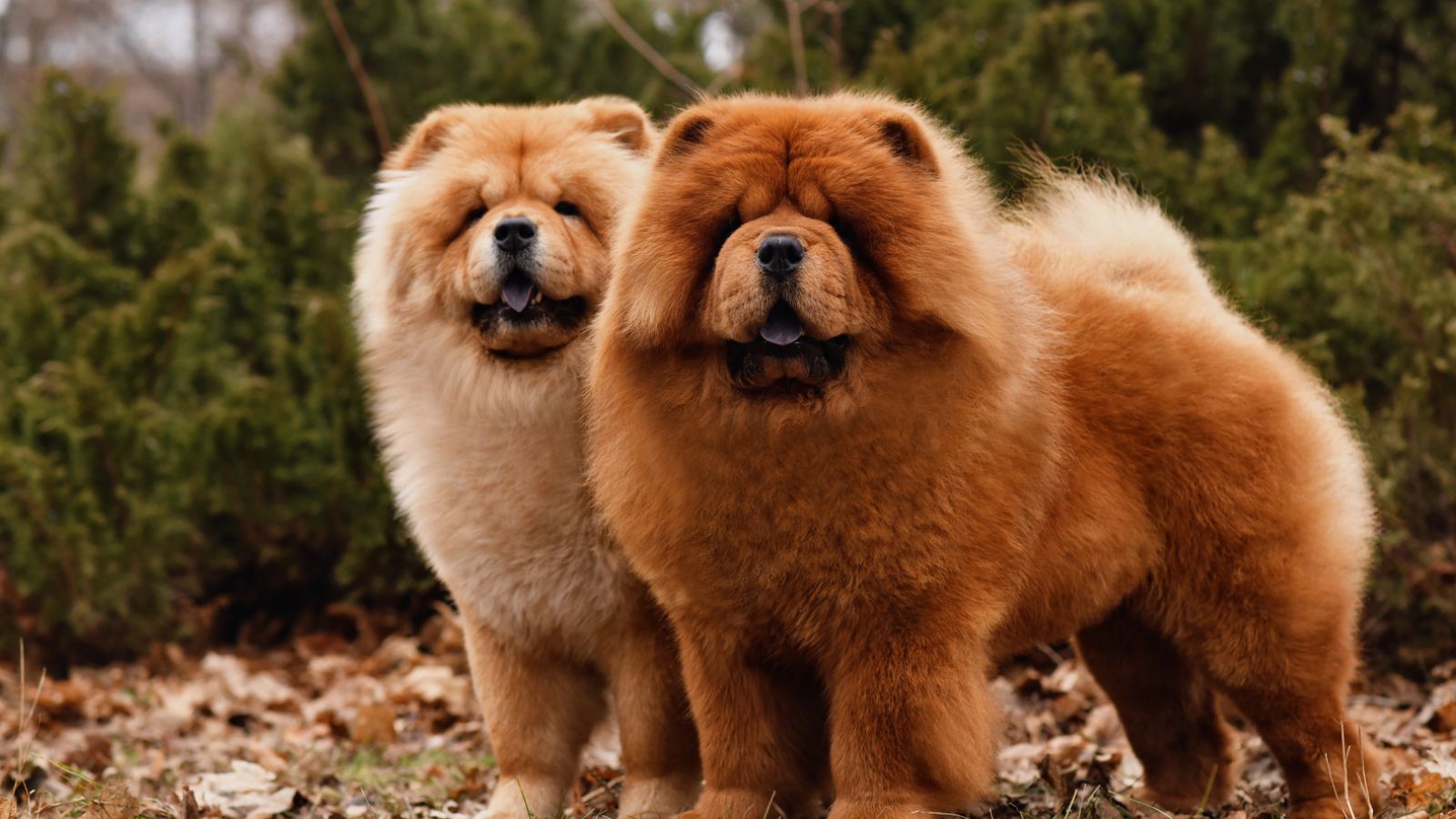
Chow Chows may look cute and fluffy, but they can be significantly more independent, protective, and aloof than other breeds. In the wrong hands, these dogs can also become aggressive and potentially dangerous to children and other animals. However, they can thrive when given the right training and socialization.
Boxer
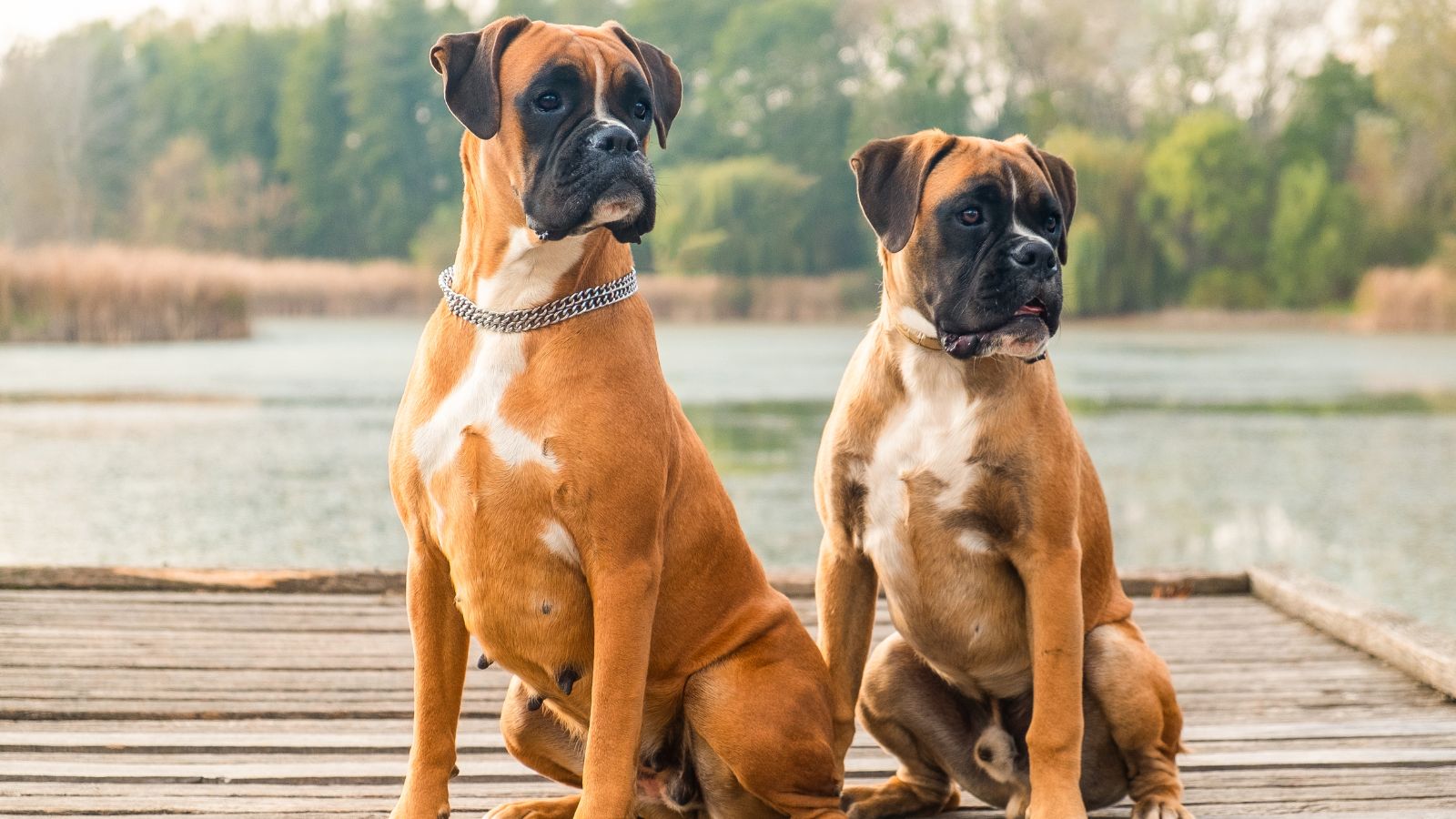
Boxers are famous for their playful, energetic nature. While they’re typically very friendly and loving, their size and high energy level can cause them to accidentally hurt or knock over young children. They also have a tendency to love jumping and sprinting around, which heightens this risk.
Bullmastiff

Bullmastiffs are huge, powerful, and muscular dogs originally bred for use in guarding roles. While their natural protective instinct makes them great for this task, it can manifest as aggression in the wrong hands or situations. Because of these traits, they’re typically not recommended as family dogs.
Dalmatian

Dalmatians were originally bred as carriage dogs, which explains why they’re so energetic, strong, and protective in nature. They can also be rather aloof and skeptical of strangers, which can turn into aggression when they’re not given the proper training and socialization. As such, you may want to think twice before having one around your kids.
Wolf Hybrid

As the name suggests, Wolf Hybrids are a cross between domestic dogs and wolves, meaning their predatory instincts can be significantly stronger than those of other breeds. They’re also known for being more unpredictable than other dogs due to their “wild” nature, which makes them more of a threat around young kids.
Saint Bernard

Like Great Danes, Saint Bernards are famous for being gentle giants that usually wouldn’t hurt a fly. However, they’re also extremely large and strong, so it’s still possible for them to accidentally harm young children. What’s more, they’re notorious droolers and shedders, which can make clean-up more tedious.
American Bulldog
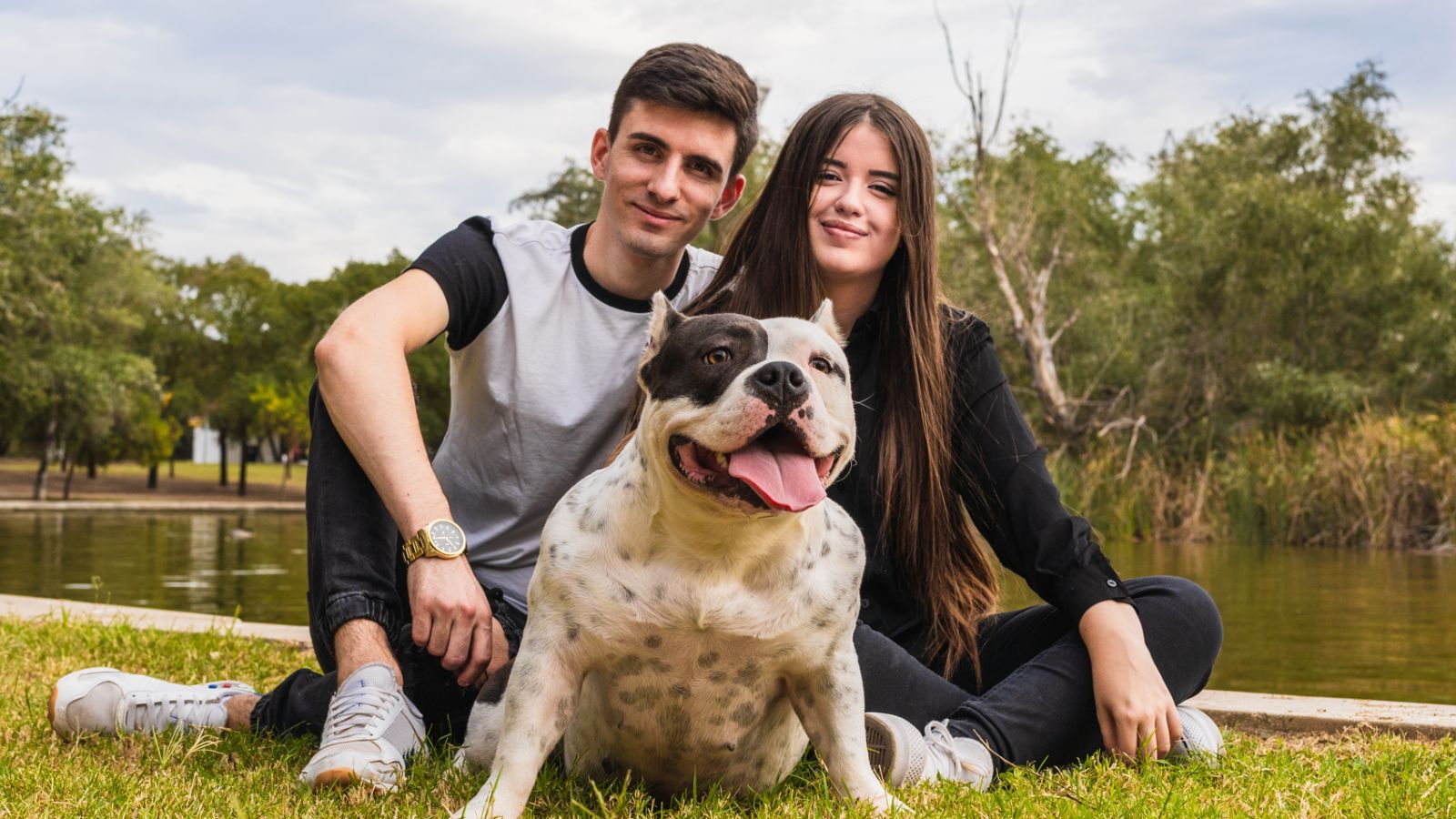
The American Bulldog is an iconic breed from the U.S. known for its strength, athleticism, and friendliness. However, they also have a protective and possessive streak, which can cause them to be a risk to strangers and small children in some cases. They also need plenty of mental and physical stimulation to keep them happy and in check.
Belgian Malinois

Belgian Malinois are beautiful, elegant, and strong dogs that are highly intelligent and energetic. This is what makes them excel in so many working roles. However, the American Kennel Club warns that Belgian Malinois that are neglected or don’t have a “job” to do can become problematic and destructive.
Staffordshire Bull Terrier

The Staffordshire Bull Terrier can be exceptionally loyal and loving when given the right care and training. However, they’re also very powerful, energetic, and boisterous, which can make them a danger to have around young children. Furthermore, their protectiveness can manifest as aggression when they’re not given adequate training and socialization.
Shar Pei

Shar Peis can be rather independent, territorial, and aloof, which can make them incompatible with children. Their protective nature can sometimes cause them to be aggressive toward strangers, including kids. They also do best when given a calm, quiet living environment, which children don’t exactly help with.
Basenji

The Basenji is famous for being a “barkless” dog, but this doesn’t mean they can’t still cause trouble. They can be very independent and stubborn, making them more difficult to train and socialize than other breeds. Basenjis also have a strong prey drive, meaning they might take a liking to chasing your kids around the house or yard.

